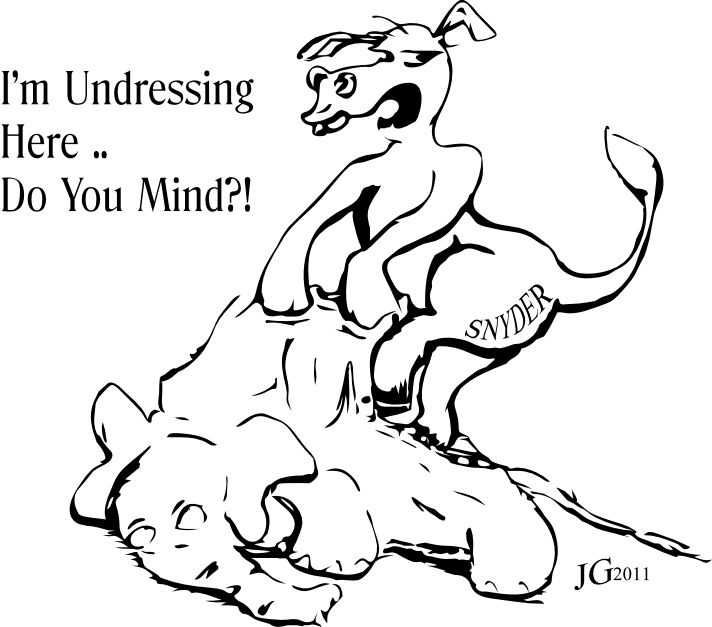. . . some historical data:
Only four times in our nation's entire history, out of 56 presidential elections to date, (1824, 1876, 1888, and 2000) has the winner of the Electoral College not also been the winner of the nationwide popular vote.
Since the 1912 presidential election, the first one after the size of the House of Representatives was capped at 435 members, the average margin of victory in the Electoral College has been around 273.52 electoral votes . . . and only five (1916, 1960, 1976, 2000, and 2004) were close enough that they could have "gone the other way" by shifting just one state from the electoral winner to the electoral runner-up.
During that same timeframe (1912 to present), the average margin of the nationwide popular vote was 6,554,061.40 votes (11.77% of the total votes cast). The presidential elections of 1916, 1948, 1960, 1968, 1976, 2000, and 2004 all had a nationwide popular vote margin of less than five percent (3.35%, 4.52%, 0.17%, 1.12%, 2.10%, 0.53%, and 2.49% respectively).
Draw from that data what conclusions you will.
Parent





